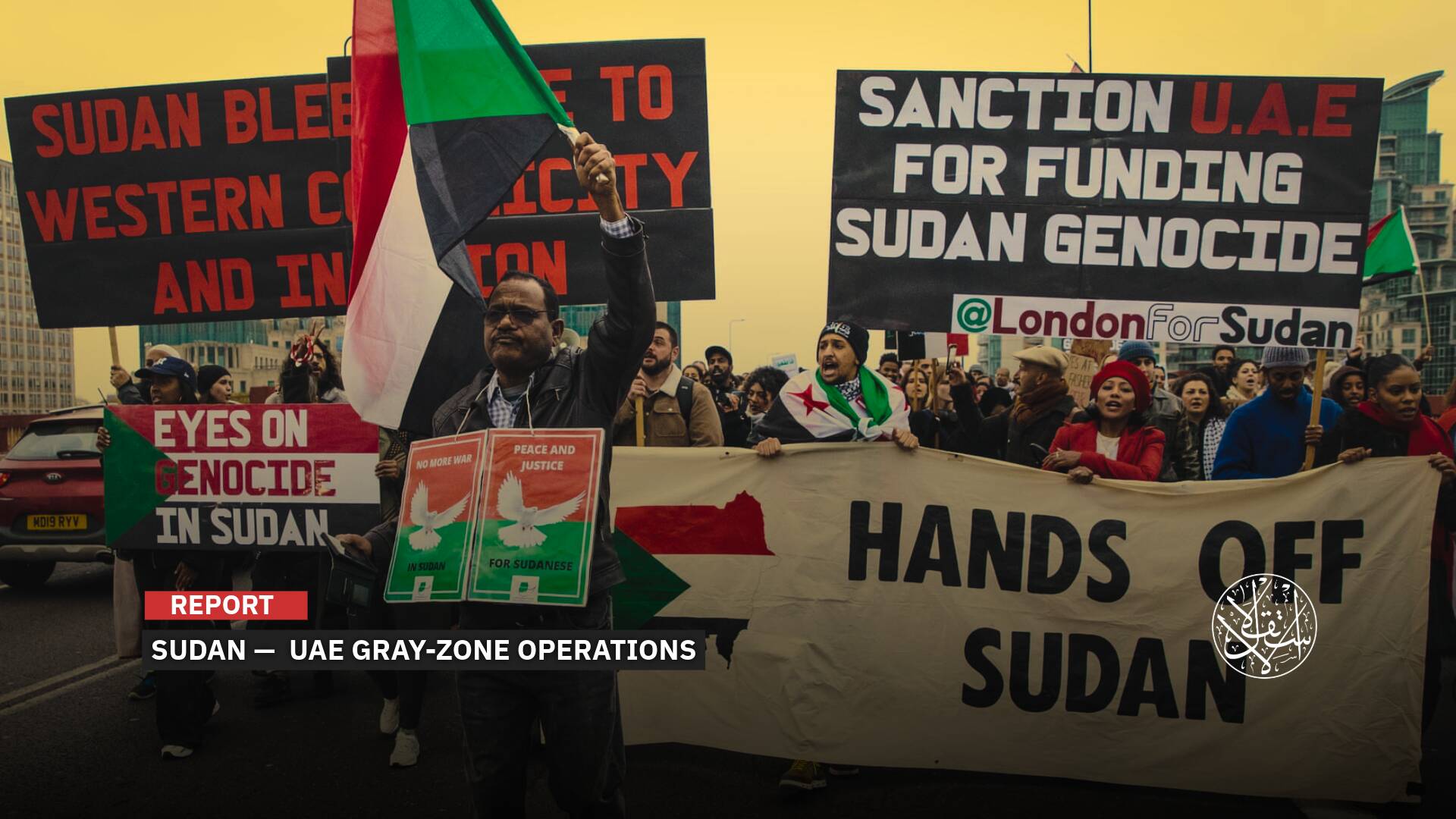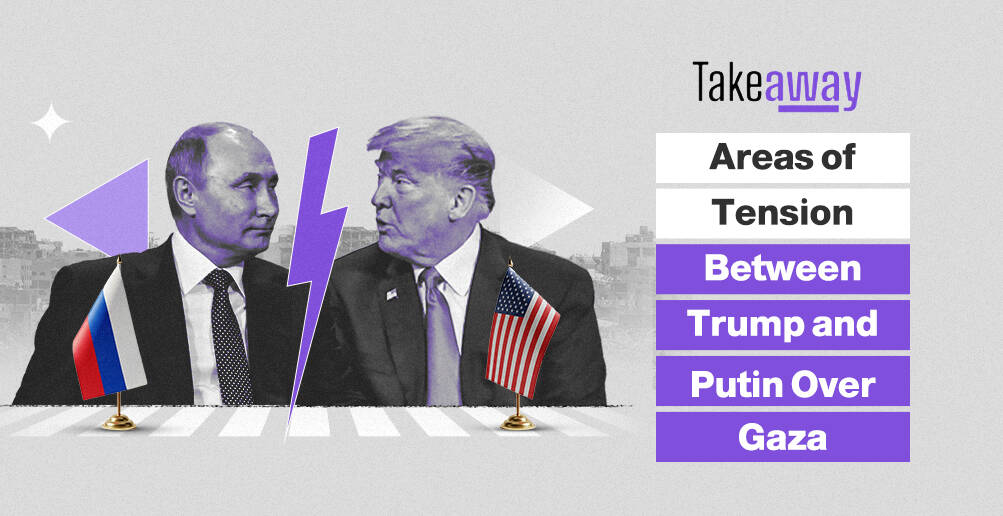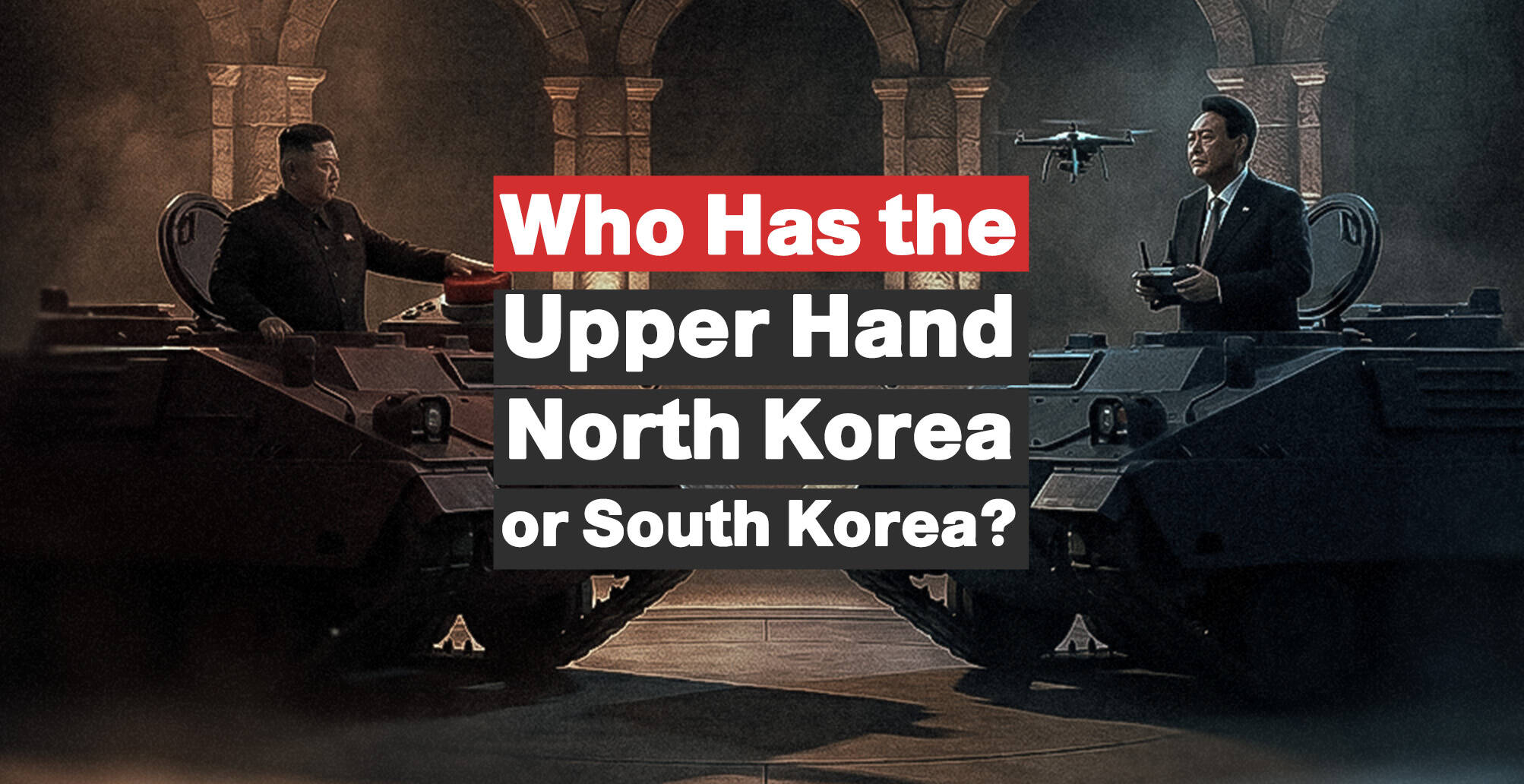How Is the European Far-Right Investing in the Energy Crisis for Electoral Gains?

Economic strife has gripped Europe over the past two years, paving the way for the rise of the far right to the pervasive hardships wrought by an energy crisis exacerbated by the ongoing conflict in Ukraine.
As Europe braces for its parliamentary elections on June 6, the specter of the far right looms large, casting a long shadow over the continent’s political landscape.
The American publication Politico has recently spotlighted the burgeoning clout of Europe’s radical right, suggesting that they are poised to make significant strides in the upcoming Union parliament elections.
This narrative is not unique to Politico; it echoes across a swath of political analyses reflecting on the elections held and anticipated across various European nations throughout 2023 and into mid-2024.
These analyses converge on a singular point: right-wing populists are not just gaining ground but are on the cusp of seismic victories in parliaments and governments across the continent.
Economic Hardships
Economic strife has gripped Europe over the past two years, with analysts linking the rise of the far right to the pervasive hardships wrought by an energy crisis exacerbated by the ongoing conflict in Ukraine.
The ascent of the far right is a recurring theme as electoral races heat up across Europe. However, the current political climate suggests that the threat posed by their rise is more acute than ever before.
Opinion polls underscore this sentiment, with early April surveys by the French Ipsos Foundation across 18 European Union countries indicating that the extreme right could secure a substantial 22% of parliamentary seats in the forthcoming elections—a stark increase from the 10% achieved three terms prior.
More recent polls, dated May 10, project even greater gains for the far-right Identity and Democracy Alliance, which is expected to clinch approximately 84 seats.
The Alliance of European Conservatives and Reformists (ECR), another faction of the European right, is also forecasted to secure an additional 74 seats.
The Identity and Democracy Alliance (ID) is a coalition of Europe’s most formidable far-right parties, including France’s National Rally Party, Italy’s League Party, the Netherlands’ Party for Freedom, and Germany’s Alternative for Germany party.
Their collective surge in popularity is a testament to the significant inroads made during the last two years’ European elections.
Notably, the Italian Brothers Party and the League triumphed in Italy in 2022, while the Party for Freedom and Spain’s Vox Party also marked substantial electoral successes.
Politico posits that traditional coalitions of the center and democratic left may struggle to stem the tide of the far right’s advance within the European Parliament.
An official from the center-right European People’s Alliance was quoted expressing concern that even if another party secures a majority, the altered dynamics will necessitate a comprehensive reorganization of parliamentary operations.
The bolstered presence of the far right in parliament could potentially complicate the approval process for figures like European Commission President Ursula von der Leyen, who leans center-right, and affords the far-right greater opportunities to assume pivotal roles within the European legislative body.
The shifting political winds signal a transformative period for Europe, with the far right’s influence reaching unprecedented levels.

Ukrainian Conflict
The far-right political factions are employing strategic maneuvers in their current election campaigns to coax center-right parties into their fold, thereby consolidating their parliamentary strength.
Marco Zanni, who heads the Identity and Democracy Group, has acknowledged the efficacy of this approach in recent months.
The far right’s political capital has surged as they have capitalized on the energy shortages that have plagued Europe since the Ukrainian conflict erupted.
The economic turmoil, marked by soaring inflation rates, has provided fertile ground for these groups to bolster their public standing.
A case in point is the Czech Republic’s far-right Freedom and Direct Democracy (SPD) party, which has seen its fortunes rise amid the country’s worst inflationary period since the fall of 2022, when inflation rates soared past 17%.
Political analysts are now predicting a significant breakthrough for the SPD in the upcoming European elections, marking the party’s first major electoral challenge since the inflation crisis.
Thierry Chopin, a political science professor at a French research institute, has observed a correlation between the ascent of populist forces and periods of economic and financial distress.
He notes that the far right is adept at harnessing the prevailing sense of impoverishment and deep-seated pessimism that is rife among European constituents.

Economic Landscape
Europe’s economic landscape remains mired in uncertainty, with recent data underscoring the persistent contraction gripping the continent.
The Purchasing and Manufacturing Management Index (PMI), a barometer of economic health, lingered at 49.2 points in February—an uptick from November’s 47.1 points, yet still shy of the pivotal 50-point mark delineating expansion from contraction.
For eight months straight, manufacturing has wallowed below this critical threshold, plunging to its nadir at 44.3 points.
Bank borrowing rates, another harbinger of economic vitality, have also faltered. October 2023 saw a 0.3% dip from the year prior, while loan defaults are on an upward trajectory. Projections suggest a default rate cresting at 4% in 2024, a stark climb from the 2.5 to 3% range of 2023.
The European Central Bank has tempered its growth forecast for 2024, downgrading from an optimistic 8% to a more cautious 6%, signaling a protracted economic stalemate.
Germany, the economic powerhouse of Europe, grapples with the most severe recession within the bloc.
The German Ministry of Finance’s January report paints a bleak picture, with early economic indicators offering no solace for a swift rebound in 2024, following a year marred by contraction.
In the final quarter of 2023, Germany’s GDP retracted by 0.3%, as reported by the German Federal Statistical Office. This contraction is attributed to soaring inflation and unyielding interest rates stifling growth.
Conversely, France has seen a notable dip in inflation, yet this has not translated into economic momentum.
The nation’s real GDP, adjusted for inflation, dwindled by 0.03% and 0.02% in the third and fourth quarters of 2023, respectively, pointing to a persistent stagnation.
The modest uptick in Europe’s overall economy, as noted by French economist Marc Touati, owes its existence to the marginal growth of a mere six nations: Italy and Austria at 0.2%, Belgium and Latvia at 0.4%, Spain at 0.6%, and Portugal leading with 0.8%.










